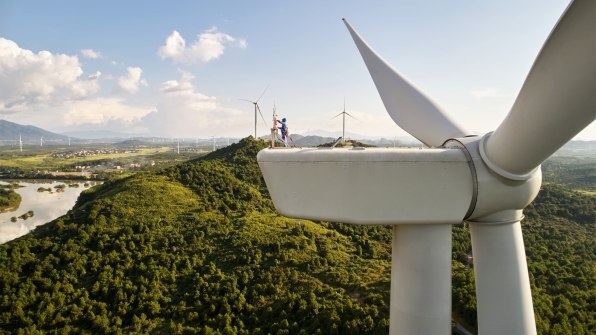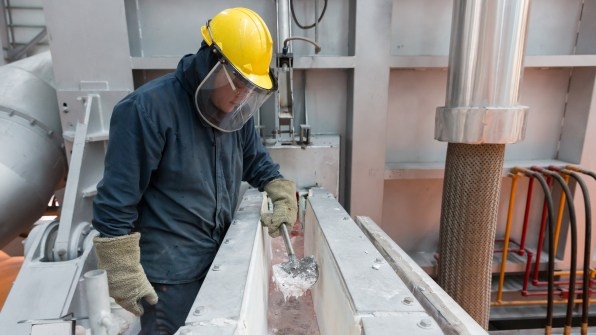Within a decade, every product that Apple makes will be carbon neutral. The company, which is already carbon neutral in its corporate operations, now plans to reach the same goal across its entire footprint, including its supply chain and the full life cycle of its products, which it says will have “zero climate impact.”

Apple stores, offices, and data centers already run on renewable energy; the current challenge is helping its suppliers also make the shift. Around half of the company’s total carbon footprint comes from the electricity used in manufacturing. More than 70 suppliers have committed to move to 100% renewable energy, a change that will reduce emissions by the equivalent of taking 3 million cars off the road. Apple is also working with suppliers to help improve energy efficiency.
The company is also shrinking the carbon footprint of products by changing materials. The “taptic engine” in its iPhones, the user interface that pushes back against your finger when you click an icon, uses only recycled rare earth elements. The MacBook Air and other products now use recycled aluminum shells; the company also developed a new low-carbon process for smelting new aluminum for other products. After analyzing the environmental and social impacts of all of its materials, Apple has prioritized 14—including aluminum, cobalt, gold, and lithium—to move first to a recycled version or a renewable alternative. In its Material Recovery Lab, where it tests new recycling technology, it continues to work on robots that can disassemble old electronics to recover materials for use in a closed loop. A new robot, nicknamed Dave, can now take apart the engines after another robot removes them from old phones.

In total, the company plans to reduce emissions 75% by 2030. To get to net-zero carbon, it will ramp up its funding of nature-based carbon removal, building on projects such as a mangrove ecosystem that the company protected in Colombia and another project that restores degraded grasslands in Kenya.
The new goal of carbon neutrality doesn’t go quite as far as Microsoft, which pledged in January to become carbon negative by 2030—meaning that it will remove more carbon than it emits. By 2050, Microsoft plans to remove as much carbon as it has emitted since its founding in 1975.
Fast Company , Read Full Story
(32)